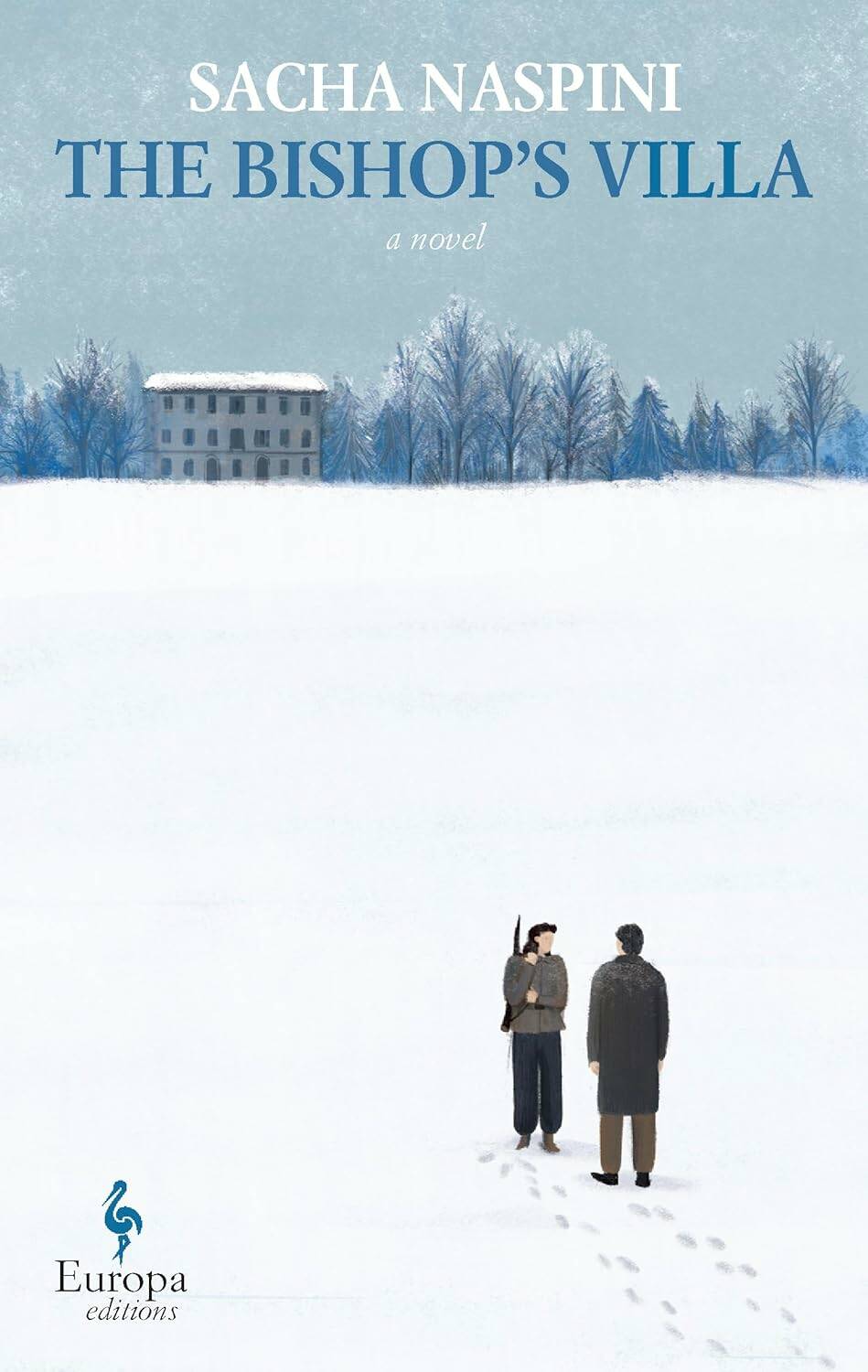Flicker of hope persists in war-torn Tuscany
Advertisement
Read this article for free:
or
Already have an account? Log in here »
To continue reading, please subscribe:
Monthly Digital Subscription
$0 for the first 4 weeks*
- Enjoy unlimited reading on winnipegfreepress.com
- Read the E-Edition, our digital replica newspaper
- Access News Break, our award-winning app
- Play interactive puzzles
*No charge for 4 weeks then price increases to the regular rate of $19.00 plus GST every four weeks. Offer available to new and qualified returning subscribers only. Cancel any time.
Monthly Digital Subscription
$4.75/week*
- Enjoy unlimited reading on winnipegfreepress.com
- Read the E-Edition, our digital replica newspaper
- Access News Break, our award-winning app
- Play interactive puzzles
*Billed as $19 plus GST every four weeks. Cancel any time.
To continue reading, please subscribe:
Add Free Press access to your Brandon Sun subscription for only an additional
$1 for the first 4 weeks*
*Your next subscription payment will increase by $1.00 and you will be charged $16.99 plus GST for four weeks. After four weeks, your payment will increase to $23.99 plus GST every four weeks.
Read unlimited articles for free today:
or
Already have an account? Log in here »
Hey there, time traveller!
This article was published 11/01/2025 (327 days ago), so information in it may no longer be current.
Italian author Sacha Naspini weaves together personal and historical narratives to capture the essence of a community struggling to navigate the horrors of war in his second book The Bishop’s Villa, translated from Italian by Clarissa Botsford.
Based on a true story, the novel is set in 1943 in Le Case, a Tuscan mountain village far from everything. From this vantage point, even the Second World War, which is raging across Europe, looks different… mostly waiting, prayers and poverty.
For many communities caught up in the conflict, hunger is a constant worry. “Once the ghost of starvation got into your bones, you turned into a brute. Other people’s problems became irrelevant; the only thing that mattered was finding a way to put a bowl of gruel on the table for your little one’s supper. You started despising people worse off than you,” Naspini writes.

The Bishop’s Villa
The bishop has rented his property to the Fascists as a place to hold Jewish prisoners, an act which does not sit well with many in the community, including René, the town’s shoemaker. “He was by no means tied to a priest’s tunic like some people were but that shameful news still felt like a dreadful betrayal, and God had a hand in it.”
René’s friend Anna joins the resistance after her son Eduardo, who has secretly joined, is captured and shot by the Wehrmacht. She leaves her apartment to join the fighters in the woods, and René takes up the fight from his cobbler’s bench while keeping up the pretense the absent Anna’s apartment is still occupied. The Fascists, like the rest of the town, need shoes repaired. René uses sharpened rusty tacks for the shoes of the Fascists, driving the tacks in just far enough into the soles so that it will only be matter of a few days before the soldiers are unable to walk in them.
To atone for his actions, or at least help get him off the hook in the case of Allied victory, the bishop orders a supporter to put a bag of sugar in the gas tank of a bus carrying Jewish prisoners to death camps. Other Jewish prisoners are simply allowed to wander away.
“If we wanted to go, we were free to do so. That is, is we took the risk of stumbling into blood-thirsty partisans on stakeouts in the woods. That was how it was: Americans ahead and partisans behind. Add to the mix the fervent fans of the Duce.”
A standoff in the garden at the seminary is compared to a chess board where “a raised eyebrow on the wrong side was enough to cause a finger to reach for a trigger.” During the standoff, “we saw farm workers walking by. The Front had arrived without a shot being fired.”
Even when the shooting stops, the hatred does not; the bad guys find ways to profit and to René’s frustration, the town suffers from a collective amnesia and returns to business as usual, as if the war had never happened.
While The Bishop’s Villa doesn’t have the fast-paced tension of several recent escape-line novels set in the same period, it relentlessly establishes an atmosphere of oppression and despair, against which a tiny flicker of hope struggles.
Gordon Arnold is a Winnipeg author.

